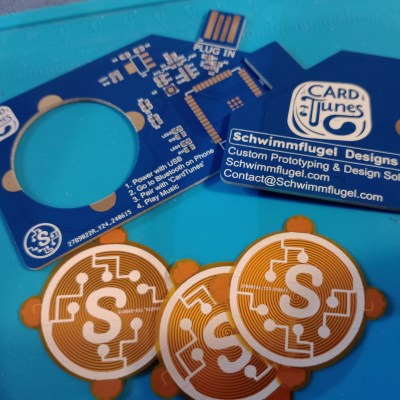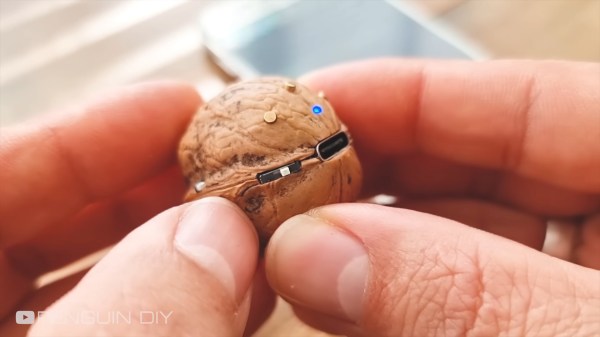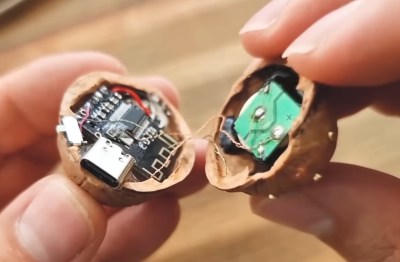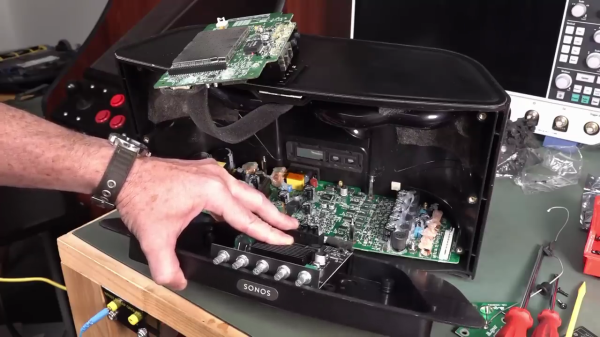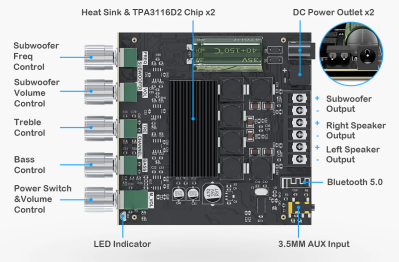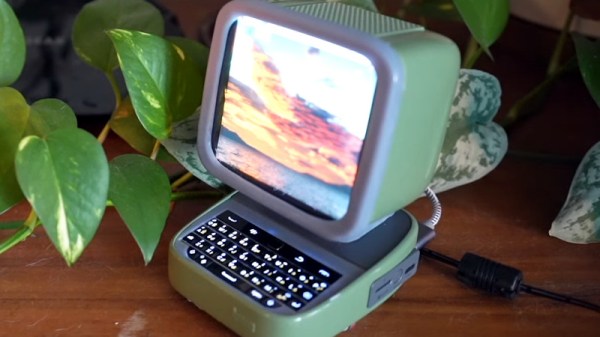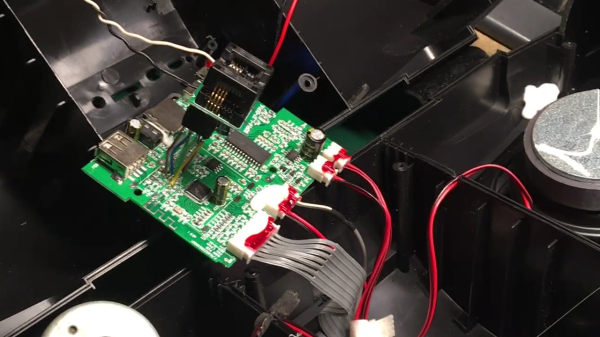When you think of a Bluetooth speaker, you’re probably picturing a roughly lunchbox-sized device that pumps out some decent volume for annoying fellow beachgoers, hikers, or public transport users. [Matt Frequencies] has developed something in an altogether different form factor—tiny Bluetooth speakers you can dangle from your earlobes! They’re called Earrays, and they’re awesome.
The build started with [Matt] harvesting circuit boards from a pair of off-the-shelf Bluetooth earbuds. These are tiny, and perfect for picking up a digital audio stream from a smartphone or other device, but they don’t have the grunt to drive powerful speakers. Thus, [Matt] hooked them up to a small Adafruit PAM8302A amplifier board, enabling them to drive some larger speaker drivers that you can actually hear from a distance. These were then installed in little 3D printed housings that are like a tiny version of the speaker arrays you might see hanging from the rigging at a major dance festival. Throw on a little earring hook, and you’ve got a pair of wearable Bluetooth speakers that are both functional, fashionable, and very audible!
[Matt] has continued to develop the project, even designing a matching pendant and a charging base to make them practical to use beyond a proof-of concept. Despite the weight of the included electronics, they’re perfectly wearable, as demonstrated by [DJ Kaizo Trap] modelling the hardware in the images seen here.
We’ve seen plenty of great LED earrings over the years, but very few jewelry projects in the audio space thus far. Perhaps that will change in future—if you pursue such goals, let us know!




